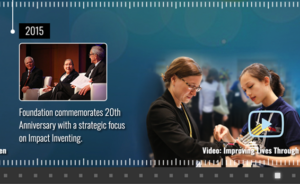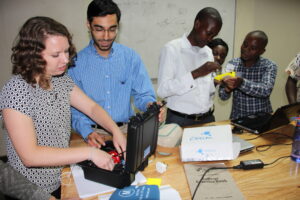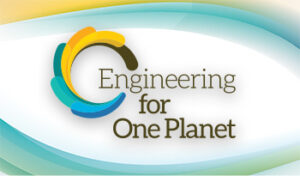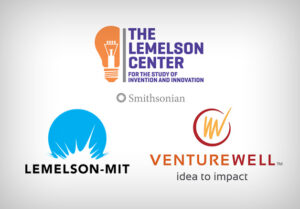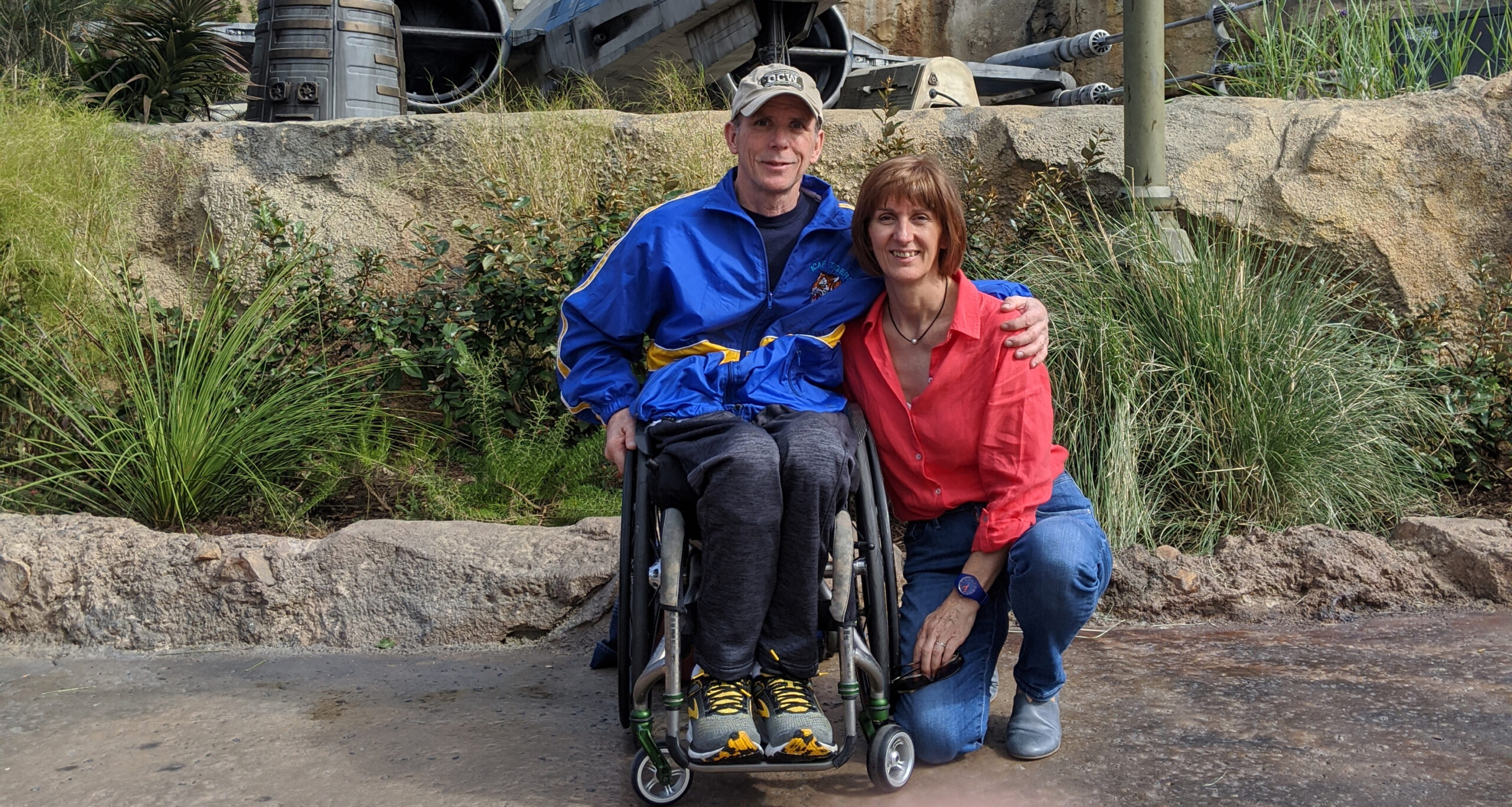Paving the Way to Sustainability
min read
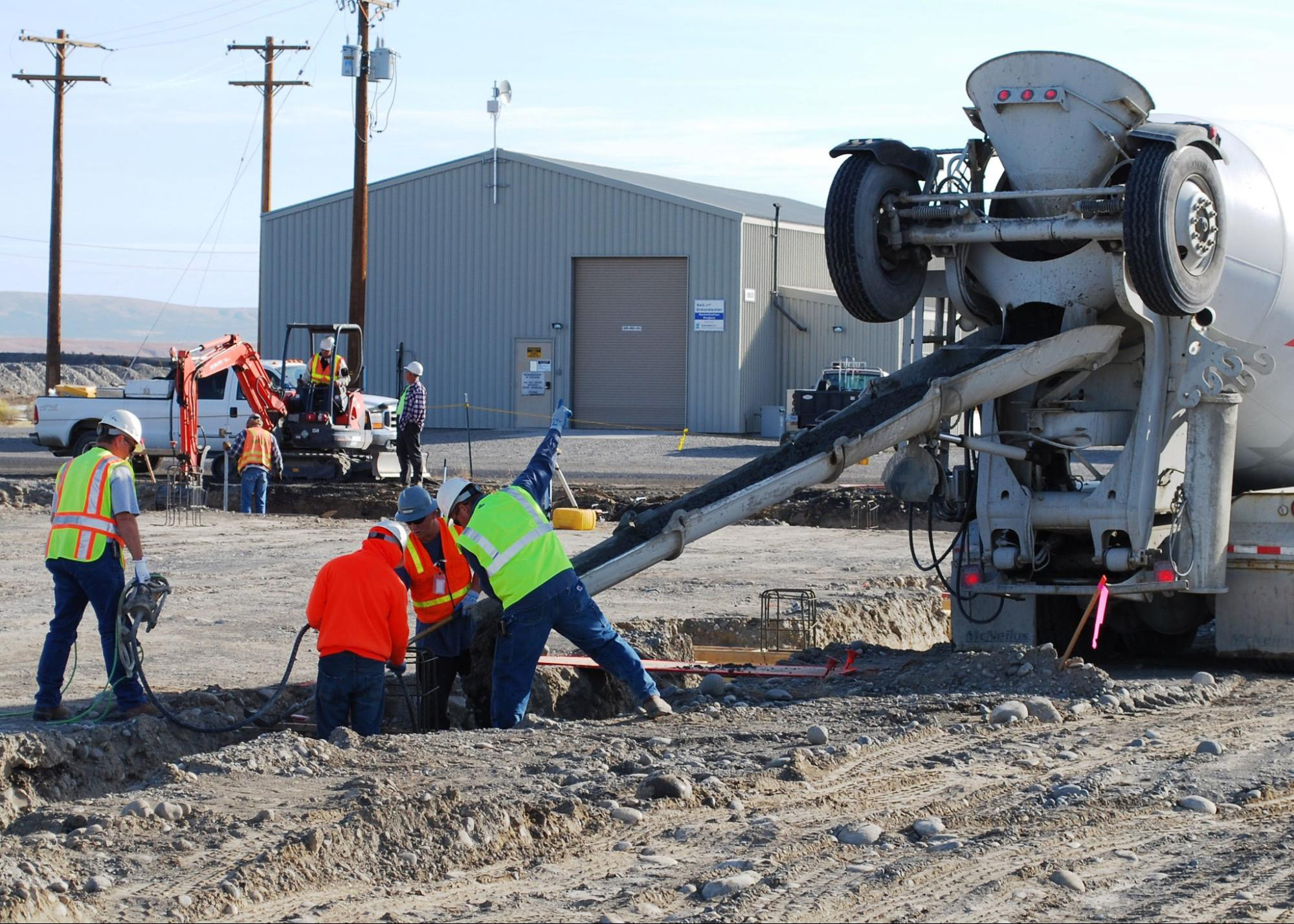
Removing roadblocks for low-carbon building materials can spur innovation and lower greenhouse gas emissions
By Rafae Ghani, Policy Advisor, ClearPath; Tess Moran, Industrial Policy Analyst, Center for Climate and Energy Solutions; Mallory Shaevsky, Government Affairs Associate, ClearPath; Emily Tucker, Senior Federal Policy Manager, Clean Air Task Force
When looking for ways to cut greenhouse gas emissions to fight climate change, one of the answers lies directly beneath our feet. And in our ceilings, in our walls, and in much of our built environment.
It’s the cement, concrete, and asphalt — the fundamental building blocks of our modern life — that account for roughly 8% of global emissions. With demand for these materials expected to grow by approximately 40% by 2050, the status quo will lead to dramatic emissions increases over the coming decades.
The good news is that innovation in this industry already provides low-carbon solutions for the materials that go into our buildings and roads.
Our organizations — ClearPath, Clean Air Task Force, and the Center for Climate and Energy Solutions — recently published a new report, Paving the Way to Innovation: Moving from Prescriptive to Performance Specifications to Unlock Low-Carbon Cement, Concrete and Asphalt Innovations, which outlines steps we can take now to address this major source of greenhouse gas emissions.

One of the keys to unlocking innovation is for states to change the rules for producing cement, concrete, and asphalt. Currently, most states have prescriptive specifications which require producers to comply with stringent “recipes” that determine the exact type, quantity, and proportion of ingredients that can be used. These prescriptive specifications — set by state Departments of Transportation (DOT) — serve to block market access for new, low-emissions materials, stifling innovative processes.
A better approach would be for states to instead use performance specifications that require products to meet certain metrics — including strength, durability, and safety measures — in order to be able to be used in projects. State DOT adoption of performance specifications is especially crucial because they are often the largest buyers in a state market and are trusted first-movers that private buyers follow. Although these new mixes often lead to an equally strong and durable product, the current regime of prescriptive specifications in most states prevents low-carbon material use.

To help U.S. industry maintain its leadership role, three policy changes can be made to facilitate the shift to performance specifications:
- Bolster technology validation and deployment through demonstration projects to reduce the risk of adoption
- Facilitate workforce development to help bridge the technical expertise gap for state DOTs
- Streamline specification development and expand testing availability to remove barriers to entry for new products and establish the guidelines to ensure that they perform as needed
A voluntary grant program for states to obtain funds if they increase the adoption of performance specifications to increase the use of low-carbon alternatives is a method of incentivizing states to move toward performance specifications.
On February 21st, ClearPath and Clean Air Task Force hosted an educational briefing with Congressional staff from the House and Senate to bring cement, concrete, and asphalt companies together to discuss solutions to the roadblocks to decarbonization. We were thrilled to welcome Rick Bohan from Portland Cement Association, Jerae Carlson from Cemex, Liza Darwin from Brimstone, and Heather Dylla from Construction Partners, Inc.

There was broad consensus amongst the group that increasing the adoption of performance specifications by state DOTs is a key lever to scale the use of low-emission cement, concrete, and asphalt.
ClearPath, Clean Air Task Force, and Center for Climate and Energy Solutions will continue to work alongside both industry and innovators to ensure that the U.S. remains a global leader in industrial manufacturing and innovative low-emissions technologies and products.
By removing policy roadblocks to innovation, we can ensure that the materials we use to build our world are strengthening American manufacturing, increasing supply chain resilience, reducing dependence on imports, and paving the way to a clean American future.

Important Disclaimer: The content on this page may include links to publicly available information from third-party organizations. In most cases, linked websites are not owned or controlled in any way by the Foundation, and the Foundation therefore has no involvement with the content on such sites. These sites may, however, contain additional information about the subject matter of this article. By clicking on any of the links contained herein, you agree to be directed to an external website, and you acknowledge and agree that the Foundation shall not be held responsible or accountable for any information contained on such site. Please note that the Foundation does not monitor any of the websites linked herein and does not review, endorse, or approve any information posted on any such sites.



